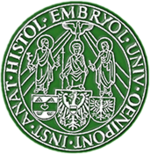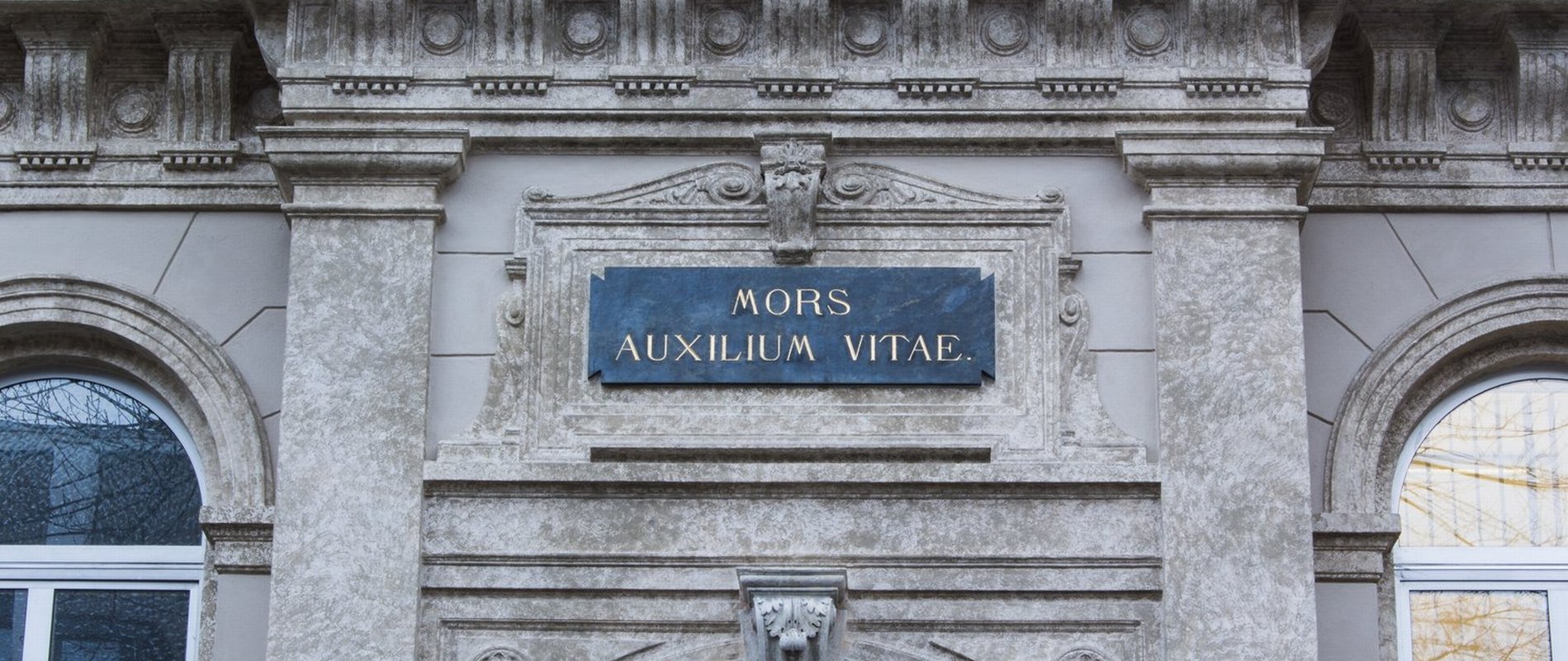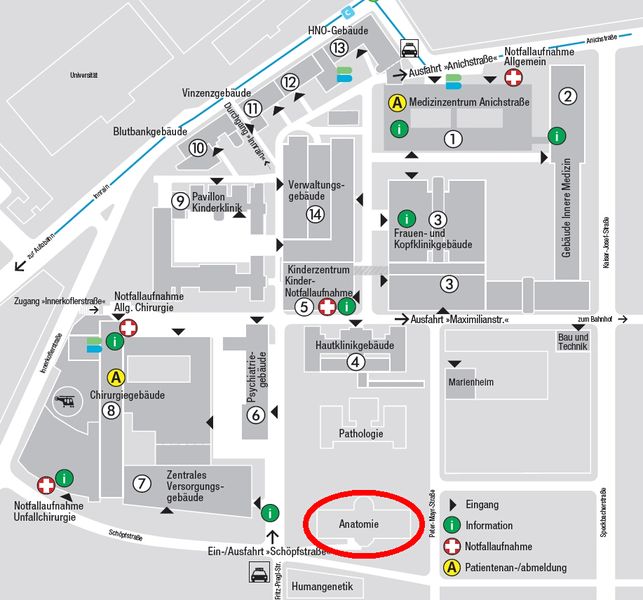Informationen für Studierende
Ohne profundes morphologisches Wissen sind Entstehung und Entwicklung von Krankheiten des Nervensystems nicht zu begreifen. Die Neuroanatomie vermittelt Kenntnisse von der Gestalt und Feinstruktur des zentralen und peripheren Nervensystems und ist somit die Basis ärztlichen Handelns in den Neuro-Fächern.
An der MUI bekommen Sie eine praktische Ausbildung an anatomischen und mikroskopischen Präparaten, die notwendig ist, um ärztlichen Fehlern bei Diagnose und Therapie vorzubeugen. Außerdem werden zelluläre und molekulare Grundlagen des Nervensystems vermittelt, die wesentlich zum Verständnis von Neurologie und Psychiatrie beitragen. Im Mittelpunkt des Unterrichts steht aber die funktionelle Neuroanatomie. Sie bildet einen wesentlichen Teil der Neurobiologie des Menschen - einer Wissenschaft für angehende Mediziner, die lieber verstehen als auswendig lernen.
Die Neuroanatomie-Vorlesung umfasst Zeichenvorlagen zur Verdeutlichung der Lehrinhalte, die den ‚Nomina Anatomica’ und dem ‚Gegenstandskatalog für die vorklinische Medizin’ (Mainz, 1999) entnommen sind. Für das ZNS-Praktikum gilt, dass anatomische und histologische Begriffe an einem Beispiel erklärt und am Präparat zu demonstrieren sind. Umgekehrt sollen sichtbare Strukturen benannt werden können. Dazu gehören auch die Blutgefäße und das Ventrikelsystem von Gehirn und Rückenmark.
Wir verwenden neben Plastikmodellen und plastinierten Hirnscheiben eine Vielzahl von Gewebeschnitten, die am Lichtmikroskop und digital zu beurteilen sind. Weiterhin werden Schnittbilder aus unserer neuroradiologischen Klinik und von IMAIOS gezeigt. Grundlegende neuroanatomische und neurohistologische Arbeitsmethoden sollten ebenso beherrscht werden.
Die aufgezeichneten Vorlesungen sind im E-Learning-Programm der MUI (MOODLE) abrufbar. Begleitend zur Vorlesung und für die Prüfungsvorbereitung bietet sich für die Neuroanatomie außerdem ein Kompendium des Institutsleiters an, das hier heruntergeladen werden kann. Die zur Verfügung gestellten Lernunterlagen erlauben es, die für die weitere klinische Ausbildung notwendigen Grundlagen aus Lehrbüchern zu extrahieren, keinesfalls können sie das Lehrbuchstudium oder den Vorlesungsbesuch ersetzen.
Es wird insbesondere das Buch Neuroanatomie: Nachschlagen, Lernen, Verstehen von Markus Kipp und Kalinka Radlanski empfohlen (KVM, 3. Auflage 2022), da es am Prüfungswissen orientiert ist und die Lernziele des Unterrichts an der MUI nahezu vollständig abbildet. Die Neurohistologie wird in einem Skriptum von Hans-Georg Frank und Katharina Sternecker behandelt, das auch der bei uns gelehrten digitalen Histologie zugrunde liegt. Genaue Lokalisationen von neuronalen Kerngebieten und Bahnen sind im Taschenatlas Das Zentralnervensystem des Menschen von Rudolf Nieuwenhuys nachzuschauen. Neurowissenschaftlich besonders Interessierten wird das Standardwerk von Mark Bear et al. empfohlen (Springer Spektrum, 4. Auflage 2018).
Für eine weitergehende Lektüre zur Hirnentwicklung, zum Abbau unseres Gehirns im Alter und zu neurodegenerativen Erkrankungen empfehlen wir ein Sachbuch des Institutsleiters, das 2021 im Springer-Verlag erschienen ist.
----------------------------------------------------------------------------
Information for students
Institute of Neuroanatomy

Prof. Dr. med. Lars P. Klimaschewski
Institute of Neuroanatomy
Muellerstrasse 59
6020 Innsbruck, Austria

Prof. Dr. med. Lars P. Klimaschewski
Institute of Neuroanatomy
Muellerstrasse 59
6020 Innsbruck, Austria





